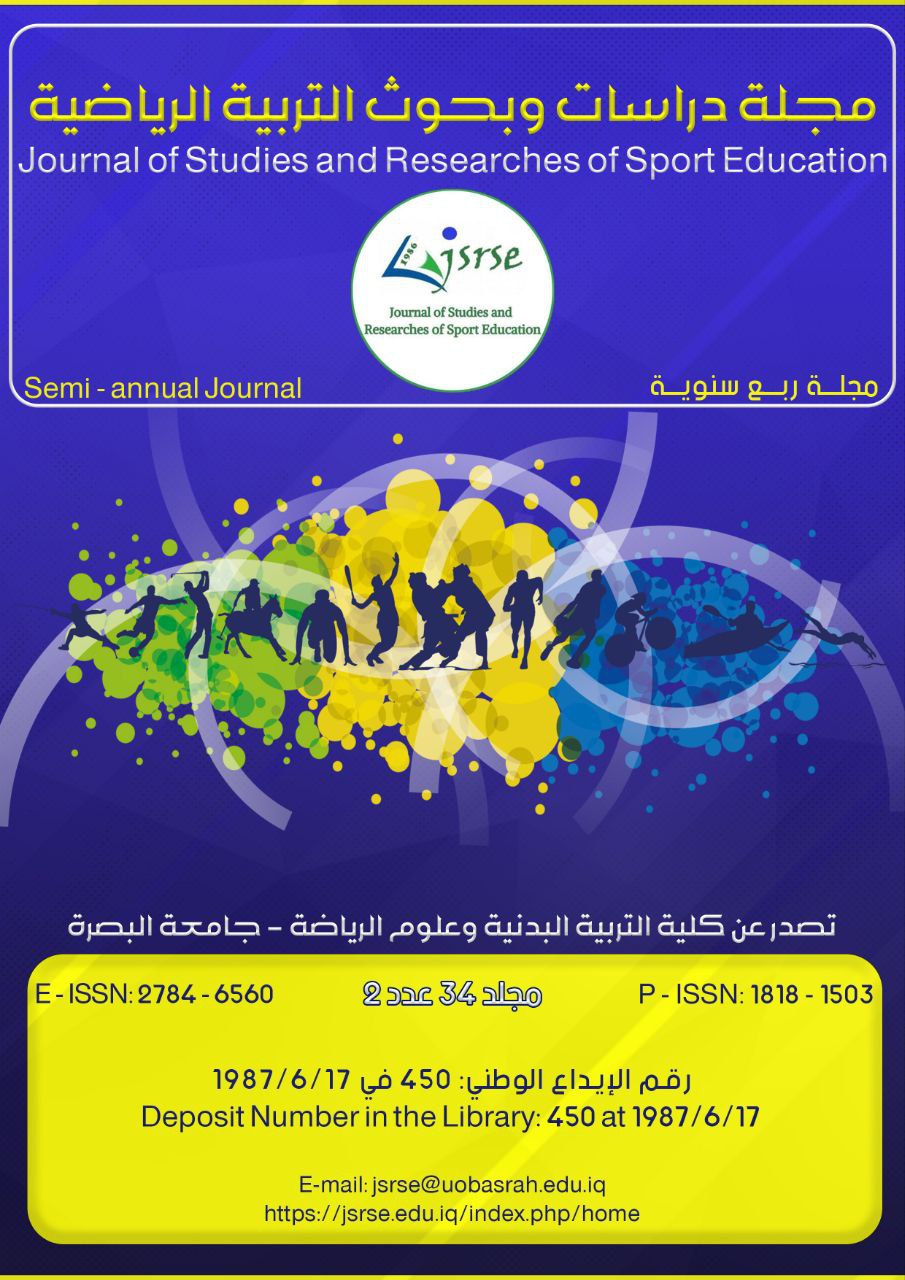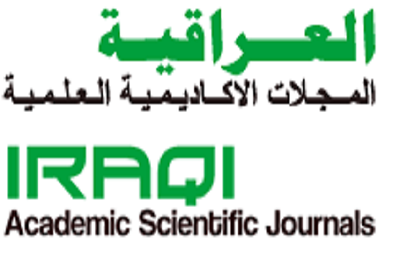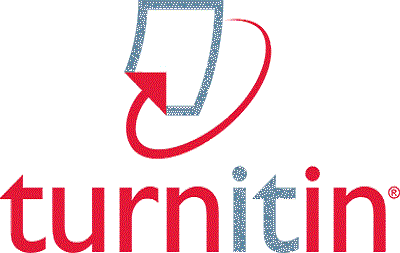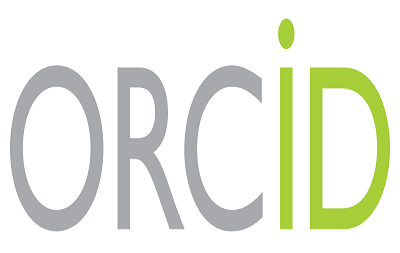Moving balance exercises for the legs and their effect on some electrical indicators of the rectus femoral muscles in the progress and regression movements of advanced fencers
Main Article Content
Abstract
The research aimed to prepare moving balance exercises for the legs for advanced fencers, and to identify the effect of moving balance exercises for the legs and their effect on some electrical indicators of the rectus femoris muscle in the forward and backward movements of advanced fencers. The experimental research method was adopted by designing the experimental group, and the boundaries of the research community were represented by the elite epee fencers above... Age (20) years old in the Al-Itisalat Sports Club, the total number of which is (9) fencers, continuing their training for the sports season (2023/2024). The researcher adopted an (EMG) device with a Bluetooth transmitter, using two pickups from it for each right and left thigh muscle, as after Synchronization between a camera camera to read both the peak and area of the (EMG) signal for both the right and left rectus femoris muscles in the forward and backward movements, and after the end of the experiment and processing the results with the (SPSS) system, the conclusions were that the moving balance exercises for the legs are suitable for advanced epee fencers, and have a positive effect on Developing the peak and area of the electrical signal (EMG) of the rectus femoris muscles in their forward and backward movements. The recommendations were that it is necessary to accompany the moving balance exercises for the legs by measuring some electrical indicators of the rectus femoris muscles for advanced fencers.
Article Details

This work is licensed under a Creative Commons Attribution-NonCommercial 4.0 International License.
References
Abd, M., & Kadhim, A. (n.d.). The effect of Instant Feedback on Performance at the Digital Level on Discus Effectiveness. In Indian Journal of Forensic Medicine & Toxicology (Vol. 14, Issue 4). Retrieved December 13, 2023, from https://doi.org/10.37506/ijfmt.v14i4.11907
Abdul Hussein, A. Z., Aldewan, L. H., Al-Saeed, R. A. A., & Amin, H. A. A. (2023). Building and codifying a scale of cognitive achievement of badminton lecture for students of the faculties of Physical Education and sports Sciences. Journal of Studies and Researches of Sport Education. https://doi.org/10.55998/jsrse.v33i1.416
Adel, M. K. (2014). Using special exercises for the explosive power of the legs and arms according to energy systems in developing some physical and functional aspects of volleyball players, University of Basra. Journal of Physical Education Studies and Research, 41(18), 3.
Ahmed, F. M., & Haider, F. A.-S. (2021). The effect of functional strength training using relative weights on some special physical abilities and achievement of the 400-meter running event for men. Physical Education Magazine, 33(4), 5. https://jcope.uobaghdad.edu.iq/index.php/jcope/article/view/1207/1037
Aldewan, L. H., Abdul-Sahib, H. M., & al-Mayahi, S. J. K. (2013). Platform impact media super overlap (Alhiebermedia) to learn the effectiveness of the long jump for the Deaf Mute. Journal of Studies and Researches of Sport Education, 36, 27–41. https://www.iasj.net/iasj/article/94541
Aldewan, L. H., Jaber salam, & Yassin, S. (2016). The effect of the impact of the use of guided discovery method to teach some skills in epee fencing game . Journal of Studies and Researches of Sport Education., 49, 11–25. https://www.iasj.net/iasj/article/126002
Alsaeed, R., Hassn, Y. , Alaboudi, W. , & Aldywan, L. (. (2023). Biomechanical analytical study of some obstacles affecting the development of football players. International Journal of Physical Education, Sports and Health, 10(23), 342–346. https://doi.org/10.22271/kheljournal.2023.v10.i3e.2967
Arthur T. Johnson. (2012). BIOMECHANICS AND EXERCISE PHYSIOLOGY (p. 151). Chic ester, Brisbane , Toronto , Singapore.
Bronner S, & Ojofeitimi S. (2013). Rose D: Injuries in a modern dance company (31st ed., pp. 365–373). Am J Sports Med.
Ghazi, M. A., Abd, M., Kadhim, A., Hasan Aldewan, L., Jawad, S., & Almayah, K. (2024). Facial fingerprint analysis using artificial intelligence techniques and its ability to respond quickly during karate (kumite). JOURNAL OF HUMAN SPORT & EXERCISE. https://doi.org/10.14198/jhse.2024.192.20
Gyton A.C, & Hall, J. E. (2020). Text book of medical physiology (9th edition, p. 91). W.B. Saunders company , Philadelphia.
Haider, J. A.-Z. (2013). The effect of two electrical frequencies to stimulate some working muscles in maximum force and the kinematic variables of weight and performance in weightlifting for advanced lifters [A doctoral thesis]. College of Physical Education and Sports Sciences.
Hamed, A. A. K. (2014). Sciences of the Study of Sports Movement (p. 328). Al-Meligy Press.
Hassan Al-Taie, M. M., & Mushref, A. J. (2024). The effect of the mental training method accompanied by standard feedback in learning the technical performance of the forward roll diving movement in artistic gymnastics for men. Journal of Studies and Researches of Sport Education, 34(1), 234–247. https://doi.org/10.55998/jsrse.v34i1.473
Hisham, M. A.-S., & Hala, I. A.-J. (2013). Physical Education (p. 35). Modern University Office.
Kadhim, M. A. A., Mashi, A. A. A., Al-Diwan, L. H., & Ghazi, M. A. (2024). Understanding the Mechanism of Conducting Benchmark Test for the Infrastructure of Physical Education Curricula in the Age of Artificial Intelligence. International Journal of Elementary Education, 13(1), 8–12. https://doi.org/10.11648/j.ijeedu.20241301.12
Kisner, C., & Colby, L. A. (2020). Therapeutic Exercise: Foundations and Techniques. Philadelphia, PA: FA Davis.
Lamyaa, H. M., & ruaa, M. A. (2015). The impact of a proposed curriculum lessons Educational motor using effective teaching In the development of creative thinking for the children of the preparatory stage. Journal of Studies and Researches of Sport Education, 42, 32–48. https://www.iasj.net/iasj/article/104025
Muhammad, S. (2019). The effect of exercise on the ability to balance and motor control. Journal of Mathematical and Educational Sciences ,Lebanon, 8.
Palmer, T. B., Hawkey, M. J., Smith, D. B., & Thompson, B. J. (2014). The Influence of Professional Status on Maximal and Rapid Isometric Torque Characteristics in Elite Soccer Referees. Journal of Strength and Conditioning Research, 28(5), 1310–1318. https://doi.org/10.1519/JSC.0000000000000278
sarah, S. S., Makki, J. O., & Salam, J. A. (2017). Designing an auxiliary device to measure the level of performance of some offensive skills for young fencing players in the southern region. Journal of Physical Education Studies and Research, 53, 359–373. https://www.iasj.net/iasj/article/147727





 IASJ
IASJ CC-BY-4.0
CC-BY-4.0 turnitin
turnitin ISSN
ISSN DOAJ
DOAJ Crossref
Crossref GoogleScholar
GoogleScholar Orcid
Orcid